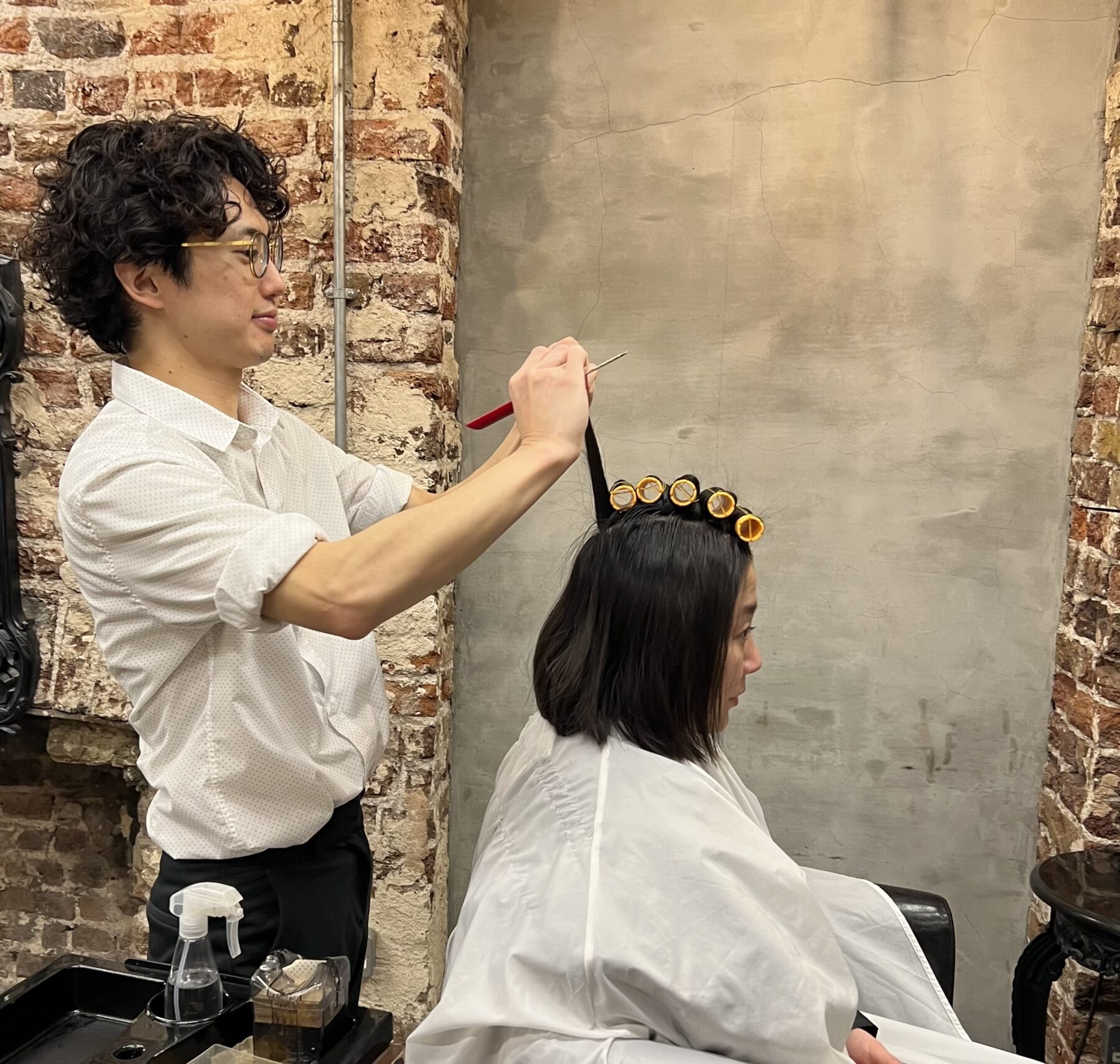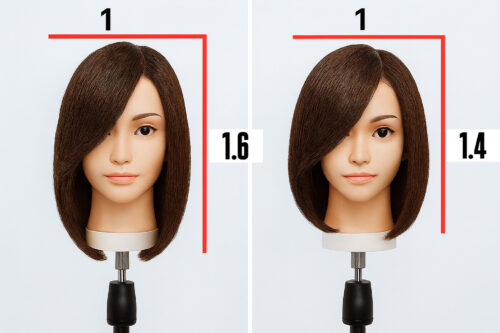Why I Get Fired Up When Detail-Oriented Clients Trust Me

“Aren’t detail-oriented clients hard to work with for hairstylists?”
People ask me that from time to time. But for me, it’s quite the opposite—I actually get fired up when someone comes in with strong preferences.
Why is that? Because behind those “preferences” lies a real reason.
Maybe it’s due to past bad experiences, or years of struggling with their hair texture, or their own sense of beauty.
Some clients aren’t great at expressing it out loud, but those are exactly the kinds of feelings I want to gently listen to.
That’s why I truly appreciate clients who bring their strong preferences with them.
Among my clients, there are some who:
- Never feel like their hairstyle fits them
- Always feel their hair color ends up different from what they wanted
- Are never satisfied with how manageable or long-lasting their style is
Some of them have had these experiences again and again.
And because of that, they often come in well-prepared, wanting to finally express themselves properly.
I genuinely want to meet that level of commitment.
Honestly, the more difficult the request, the more exciting it is for me.
Having strong preferences means having a strong sense of self—how they want to look, how they want to be seen, how they want to feel.
But in order to truly fulfill all those wishes, sometimes a professional needs to offer a different suggestion.
For example, if someone requests heavier bangs, I might look at their bone structure and hair type and say, “Actually, leaving a little space might give it a more natural look and suit you better.”
The key isn’t to push ideas—but to gently collaborate and update the vision together.
Rather than just doing exactly what I’m told,
the moment a client feels, “If I trust this stylist, it might turn out even better,” is when I feel happiest as a hairstylist.
That’s why I want to earn the trust of clients who have strong preferences.
When someone thinks, “Maybe this person really gets me,” I’m doing a little fist pump inside.
That small accumulation of trust
eventually leads to the moment when a client says, “Do whatever you think is best!”
And that is the greatest reward in my work.


